Introduction: The Hidden Cost of “Affordable” Housing
When we hear “affordable housing,” most people think of reduced rent or government-subsidized housing projects. But in reality, affordability is about much more than the sticker price; it’s about long-term sustainability, efficient management, and accessible living conditions. The truth is, affordable housing often becomes unaffordable to manage. Property managers and housing providers face mounting challenges: outdated manual systems, compliance paperwork, rising maintenance costs, and an overwhelming tenant base that expects digital-first services.
This is where Property Technology (PropTech) steps in. Specifically, affordable housing software is not just a back-office tool; it is a game-changer that determines whether housing remains sustainably affordable for both tenants and providers. With the rise of PropTech for affordable housing, stakeholders now have access to smarter ways to ensure long-term affordability and efficiency.
In this blog, we’ll explore how PropTech solutions are making housing truly affordable, the core features of such property management system innovations, the unique benefits for different stakeholders, and why companies like Ariel Software Solutions are helping redefine the landscape.
The Affordable Housing Dilemma: Why Management Costs Break the Model
Affordable housing projects have always faced a paradox: build at lower costs, but manage at increasingly higher ones. Consider these challenges:
- Compliance Pressure: Affordable housing programs are often tied to government schemes and subsidies, requiring detailed reporting and regulatory checks. Manual processes drain time and increase the risk of errors.
- Maintenance Costs: Low-cost housing doesn’t mean low maintenance. In fact, without predictive tools, upkeep costs often spiral, reducing affordability over time.
- Tenant Diversity: Affordable housing communities typically house diverse tenant profiles, from low-income families to senior citizens, each with different needs. Managing this complexity without digital systems is inefficient.
- Financial Gaps: Rent delays, poor collection tracking, and mismanagement of subsidies can quickly destabilize cash flow.
The result? A system that begins with the promise of affordability but gradually erodes value for tenants and managers alike. PropTech for affordable housing directly addresses these inefficiencies by combining automation, analytics, and compliance support into one streamlined ecosystem.
Enter PropTech: The Affordable Housing Enabler
Property Technology (PropTech) refers to digital innovations that make real estate smarter, more efficient, and more transparent. While luxury real estate often gets the spotlight, its real impact lies in affordable housing.
Here’s why:
- PropTech reduces operational overhead, directly lowering costs.
- It enables scalability, and housing providers can manage thousands of units without proportionally increasing staff.
- It builds tenant trust by providing transparency in rent, maintenance, and compliance.
Most importantly, it transforms affordable housing from a manual-heavy system into a data-driven, self-sustaining ecosystem. With PropTech for affordable housing, the potential to sustain projects long-term is greatly enhanced.
What Is Affordable Housing Software?
At its core, affordable housing software is a specialized property management system (PMS) designed to:
- Support government-subsidized and low-income housing programs.
- Handle high volumes of tenants with cost efficiency.
- Automate compliance, reporting, and auditing.
- Simplify day-to-day operations like rent collection, maintenance, and tenant communication.
Unlike generic property management tools, this software accounts for the unique legal, financial, and social obligations tied to affordable housing projects. That’s why PropTech for affordable housing focuses on long-term efficiency, tenant engagement, and sustainability.
Key Features of Affordable Housing Software
1. Digital Rent Collection & Tracking
- Automates recurring payments.
- Tracks arrears and subsidies.
- Provides tenants with easy, mobile-friendly payment options.
2. Subsidy & Compliance Management
- Integrates rules tied to government housing schemes.
- Automatically generates reports required for audits.
- Reduces the risk of penalties or misreporting.
For a deeper dive into compliance management and how PropTech simplifies complex HUD requirements, check out our blog: Navigating the Maze of HUD Compliance: Why Smart Property Management Software Is the Key to Success.
3. Predictive Maintenance & Requests
- Uses IoT or AI-driven insights to predict maintenance before it becomes costly.
- Tenants can raise requests via mobile apps, reducing downtime.
4. Multi-Tenant & Multi-Property Support
- Handles thousands of units seamlessly.
- Differentiates between housing types, subsidy models, and tenant categories.
5. Analytics for Cost Optimization
- Tracks where budgets leak (e.g., repeated repairs).
- Offers data-driven recommendations to cut costs.
6. Communication & Transparency
- Tenant portals for real-time updates.
- Notifications for rent due dates, maintenance updates, or policy changes.
Every property management system must evolve to meet these needs. By aligning with affordable housing software, providers ensure affordability is preserved without compromising on efficiency.
Curious about how leading PMS tools compare? Don’t miss our detailed breakdown in: Property Management Systems (PMS): RealPage vs. Yardi – Which One is Right for You?
Benefits for Different Stakeholders
1. Property Managers
- Reduced administrative workload.
- Cost efficiency through automation.
- Centralized property management system to manage multiple housing units at scale.
2. Tenants
- Transparent rent payments and subsidy information.
- Faster maintenance resolution.
- Better communication with housing providers.
3. Developers / Owners
- Higher ROI through cost optimization.
- Better scalability with controlled overhead.
- Improved compliance with regulatory authorities.
4. Government & NGOs
- Easier monitoring of affordable housing programs.
- Better transparency for funding and audits.
- Assurance that affordability goals are achieved sustainably.
By using PropTech for affordable housing, each stakeholder, from property managers to governments, benefits from streamlined operations and reduced costs.
Case Example: Why Affordable Housing Software Matters
Imagine a city housing board managing 10,000 subsidized housing units. Without software:
- Rent collection is delayed, with 10–15% leakage.
- Maintenance issues pile up, creating tenant dissatisfaction.
- Compliance reports take weeks to prepare.
With affordable housing software:
- Rent collection is 95% automated, reducing defaults.
- Predictive maintenance cuts repair costs by up to 20%.
- Compliance reports are auto-generated, saving hundreds of man-hours yearly.
This is a prime demonstration of how a digital-first property management system transforms not just efficiency, but sustainability. The impact of PropTech for affordable housing is both financial and social.
To explore real-world scenarios where software minimizes legal and financial risks, read our blog: From Late Rent to Legal Action: How the Best Property Management Software Saves Time & Costs.
The Future of PropTech in Affordable Housing
Affordable housing is no longer just about building more homes; it’s about managing smarter homes. Here’s what’s ahead:
- AI-driven Planning: Forecasting housing demand, rental trends, and maintenance.
- Data-backed Housing Policies: Governments using PropTech data to refine subsidy programs.
- Integration with Smart Cities: Affordable housing is becoming part of larger digital urban ecosystems.
- Blockchain Transparency: Smart contracts for rent agreements and subsidy distribution.
In short, the future of affordable housing lies in technology-enabled ecosystems, not just real estate. With PropTech for affordable housing, every aspect, from compliance to community building, becomes smarter and more sustainable.
Ariel Software Solutions: Building Smart, Affordable Housing Software
At Ariel Software Solutions, we understand that affordability isn’t just about cutting rent, it’s about building sustainable, technology-enabled housing ecosystems.
Our expertise lies in:
- Custom PropTech software tailored for affordable housing projects.
- Multi-tenancy solutions for large-scale housing boards.
- Automation-first property management system designs that reduce costs while improving transparency.
From digital rent collection to subsidy compliance and predictive maintenance to tenant engagement, Ariel delivers affordable housing software solutions that help property managers, developers, and governments achieve the promise of affordable housing.
If you’re new to the concept of multi-tenancy and want to understand its role in scalable PropTech solutions, see our guide: What is Multi-Tenancy? A Beginner-Friendly Guide for SaaS Product Owners.
Conclusion:
Affordable housing without PropTech is like building a house without a foundation; it may look stable, but it cannot stand long term. Housing software powered by PropTech for affordable housing ensures that housing remains affordable, not just in price, but in sustainability, management, and long-term value.
If you’re ready to explore how a modern property management system can transform affordable housing for your community or project, connect with us today.
Together, we can make housing not just affordable, but smarter and sustainable.
Frequently Asked Questions (FAQs)
1. What is PropTech for affordable housing?
It is the use of technology, such as affordable housing software and property management systems, to make housing projects easier to manage, more cost-effective, and tenant-friendly.
2. How does affordable housing software help property managers?
It automates rent collection, tracks subsidies, handles compliance reports, and improves tenant communication, saving time and reducing errors.
3. What features should an affordable housing property management system have?
Key features include rent tracking, subsidy and compliance automation, predictive maintenance, multi-property support, and tenant portals.
4. Can PropTech make housing more sustainable?
Yes. PropTech lowers operating costs, prevents expensive repairs with predictive tools, and ensures long-term affordability through smarter management.
5. Why should governments and NGOs invest in affordable housing software?
It improves transparency, simplifies monitoring, and ensures subsidies and resources are managed effectively to achieve affordability goals.




